Hyundai Kona EV: All you need to know
The Hyundai Kona will aim to make new-age EVs more accessible in India. Here's a look at everything you ought to know about it. The Hyundai Kona will come with a slew of autonomous driving features too.
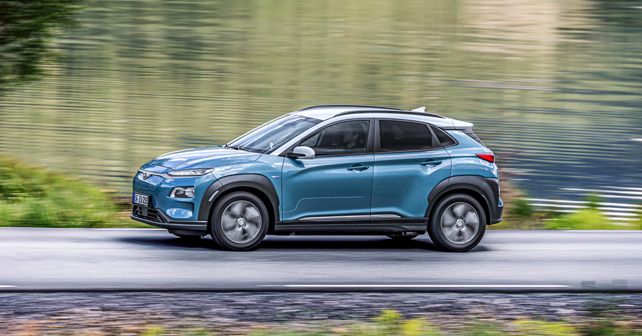
The Hyundai Kona EV will aim to make new-age EVs more accessible in India. Here's a look at everything you ought to know about it.
India may well be lacking the essential infrastructure to help keep electric cars treading on our roads at the moment, but that's about to change, particularly with the advent of Hyundai's first all-electric crossover SUV – the Kona. The Hyundai Kona will be the company's first niche product, and while it may not be produced here in India, it will be ushered in as a Completely Knocked Down unit with a marginal level of localisation as well. Hyundai has also promised to install charging stations at its dealerships, and the Kona is said to have a driving range of about 300km, making it India's first long-range EV. We delve a little deeper and help uncover some imperative details about the Kona.
Electric motor and performance details
When introduced, the Kona EV will be offered in two models: a short-range one and a long-range model. The former will come equipped with a 39.2kWh battery pack that gets a 134bhp permanent magnet synchronous engine that channels power to the front wheels, while the latter boasts of a larger, 64kWh battery pack that comes with a 201bhp motor. Both the powertrains can deliver 395Nm of torque and can manage a top speed of 167km/h. The sprightlier of the two can sprint from 0-100km/h in 7.6 seconds.
Driving range and charging capacities
The 134bhp version’s battery pack is said to provide a range of up to 300km, while the larger 201bhp model’s range will stretch to 470km. The Hyundai Kona EV uses a lithium-ion battery and can be charged in an hour up to 80 per cent if one had to use the 100kW fast charger. Using a standard AC outlet, however, could have it take a little longer.
Autonomous driving features
A slew of autonomous driving features include Smart Cruise Control with Stop and Go; this system helps reduce or increase speed to a pre-set limit, based on traffic conditions, and maintains a certain distance from the car in front. Then there's Autonomous Emergency Braking with pedestrian detection. It alerts the driver in case of an emergency situation, braking automatically when needed. Rear Cross Traffic Alert uses the rear corner radar, reducing the risk of collision with approaching traffic while reversing out of a narrow street with very little visibility. Lane Following Assist keeps the SUV centred in its lane at speeds of up to 112km/h, while Lane Keeping Assist uses the front camera to keep a track of the lines on the road, and in case of an unintended lane change, the system will warn the driver and apply counter-steering torque to get the car back in line. Last but not least, there's Blind Spot Detection with lane change assist that keeps a tab on the rear corners to see if another vehicle is detected, after which, a visual alert appears on the mirrors.
Features
Being quintessentially Hyundai, the Kona EV will come loaded with a lot of equipment like a sunroof, leather upholstery, a wireless charger, ventilated front seats, heated steering wheel, a heads-up display, smart cruise control, parking sensors at the front and rear, 7.0-inch touchscreen infotainment system, steering-mounted audio controls, driver's and front passenger's seat electric adjustments and navigation. It also gets three driving modes: Eco, Normal and Sport. On the safety front, it will be equipped with ABS, airbags all around, Hill-Start Assist Control, ESC, AEB, Blind Spot Detection and immobiliser.
Design
Looking at the Kona, we're sure it's going to have a lot of fans, considering you won't be seeing too many of these around. At the front, the rounded nose looks very contemporary, and what looks really sleek are those slim headlamps that join with the slender bar above what appears to be a neatly enclosed 'radiator grille'. The charging socket is located at the front, right beside the Hyundai logo. The muscular bonnet looks great and the flared wheel arches with the prominent beltline add some heft to the Kona’s overall profile. At the rear, the tapered tail lights look cool; so does the raised tailgate.
Also read - Hyundai Kona EV Review
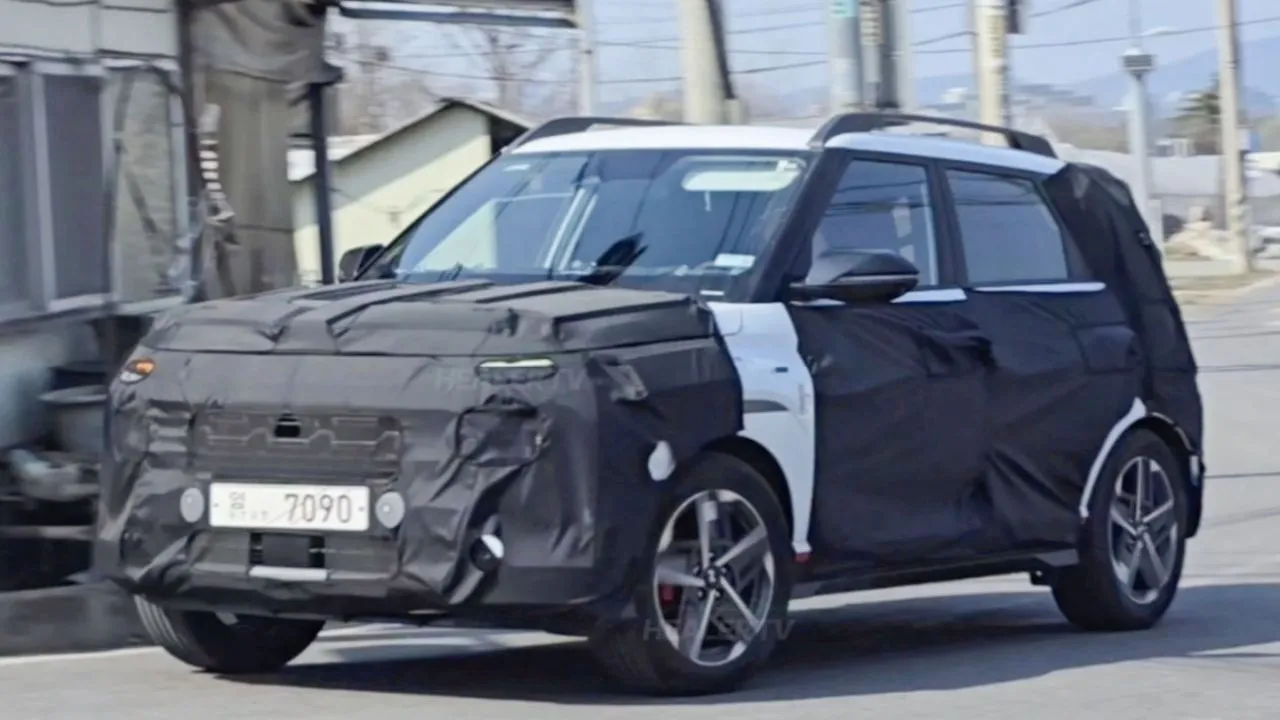

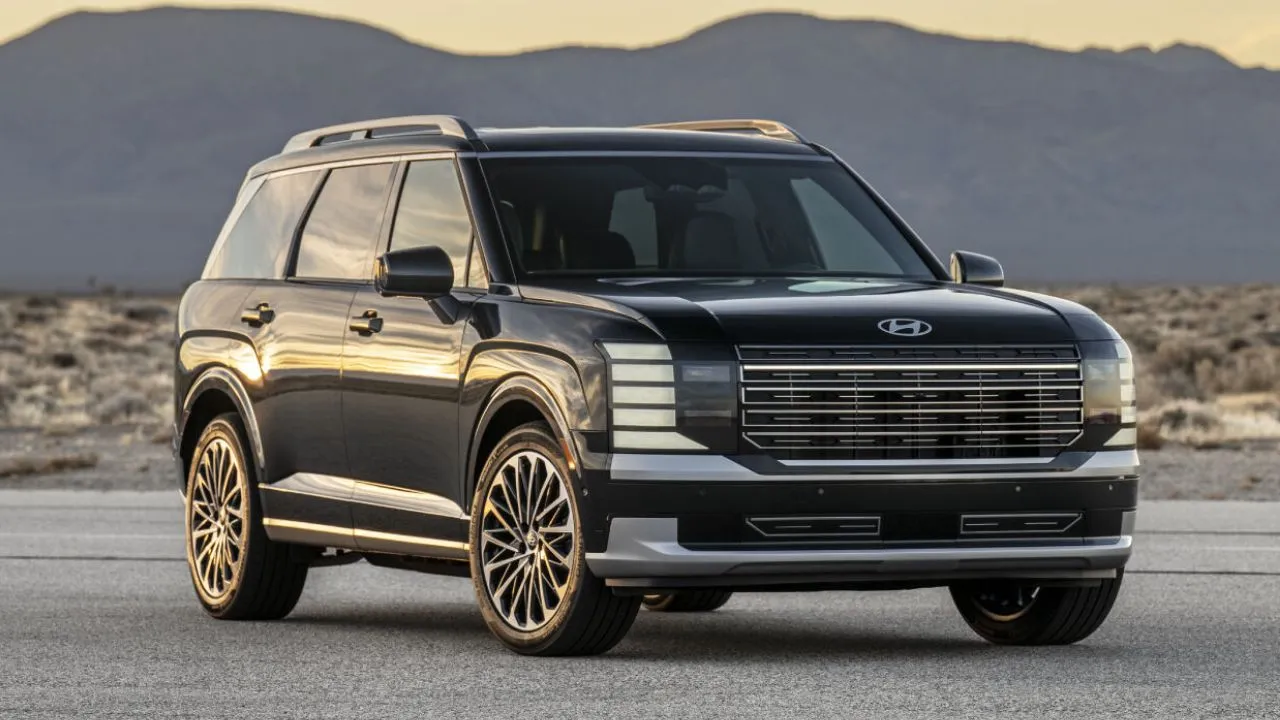





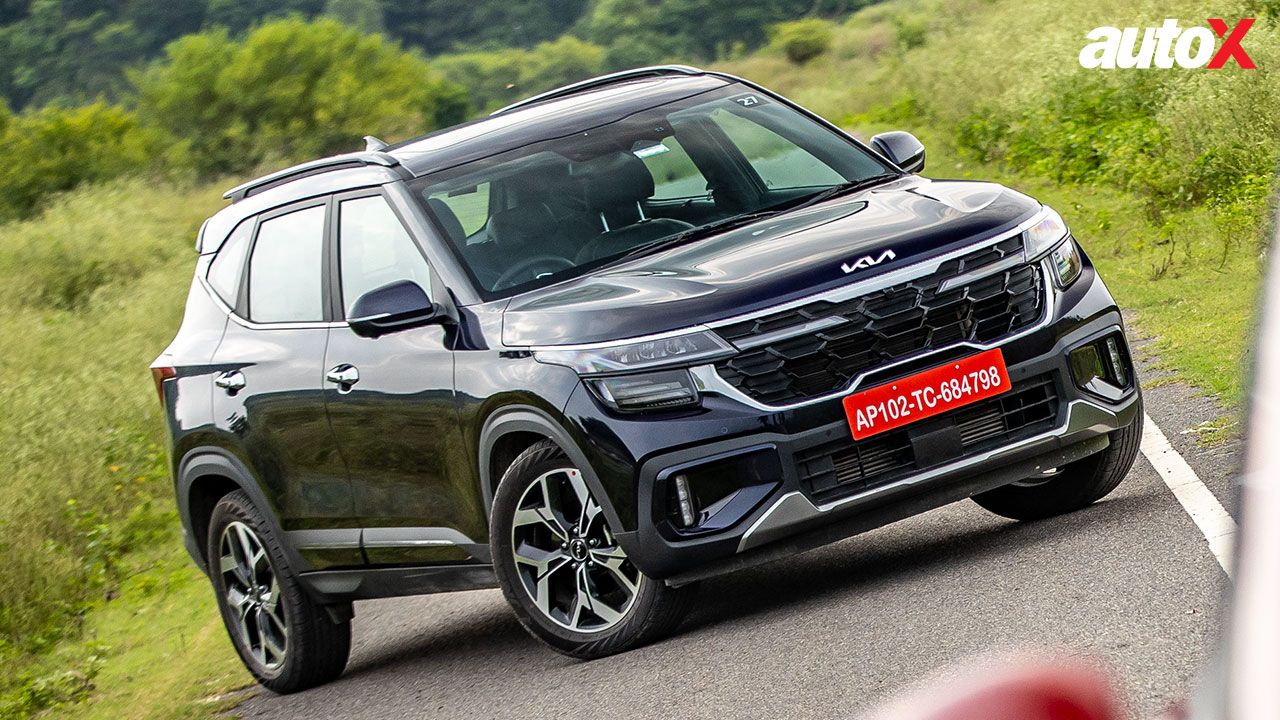
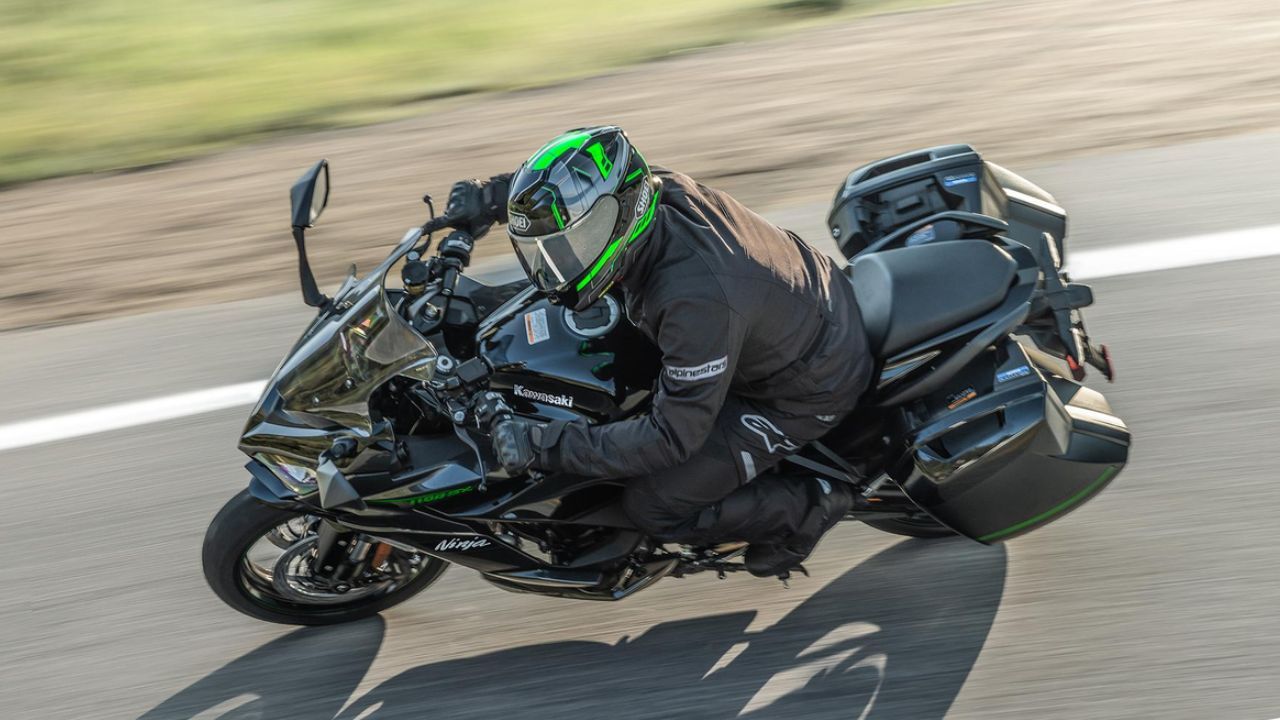




















Write your Comment on